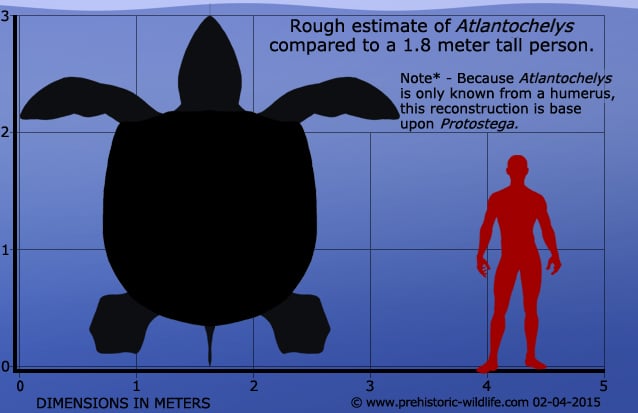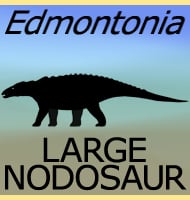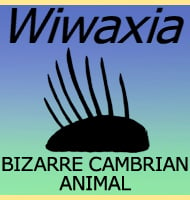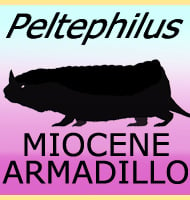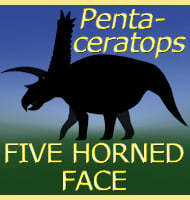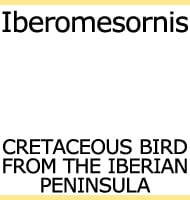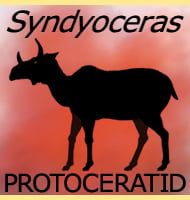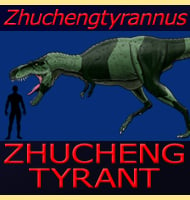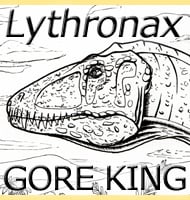In Depth
Atlantochelys was first named in 1849 and based upon the description of half a humerus (analogous to your upper arm bone). For well over one hundred and fifty years that was it, but then in 2012 the missing half of this bone was actually matched up to the original specimen. Although Atlantochelys may be considered dubious because of still a lack of overall fossil remains, the humerus of Atlantochelys is still identified as coming from a protostegid turtle, while at the same time not like other known specimens. Scaling the size of the humerus to relative genera has yielded an approximate estimate that Atlantochelys grew to about three meters in length. This large size would have been the best protection for Atlantochelys given that large marine reptiles called mosasaurs as well as large sharks with teeth especially adapted for cutting bone and shell like those of Cretoxyrhina were all swimming in the oceans at the same time as Atlantochelys.
Atlantochelys has been classed within the Protostegidae group of turtles, and so speculated reconstructions of Atlantochelys are usually based upon other members of this group such as Protostega and Archelon, both of which seem to have been larger than Atlantochelys.
Further Reading
– Remarks on crocodiles of the green sand of New Jersey and on Atlantochelys. – Proceedings of the National Academy of Sciences 4:169-169. – L. Agassiz – 1849. -Two halves make a holotype: two hundred years between discoveries. - Proceedings of the Academy of Natural Sciences of Philadelphia 163. - David C. Parris, Jason P. Schein, Edward B. Daeschler, Edward S. Gilmore, Jason C. Poole & Rodrigo & A. Pellegrini - 2014.
